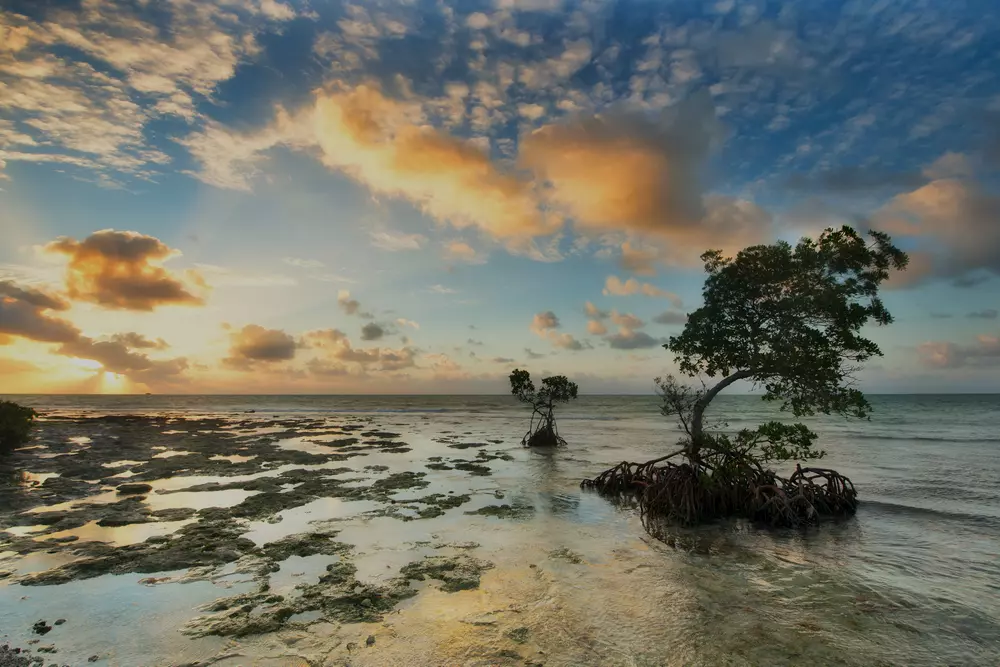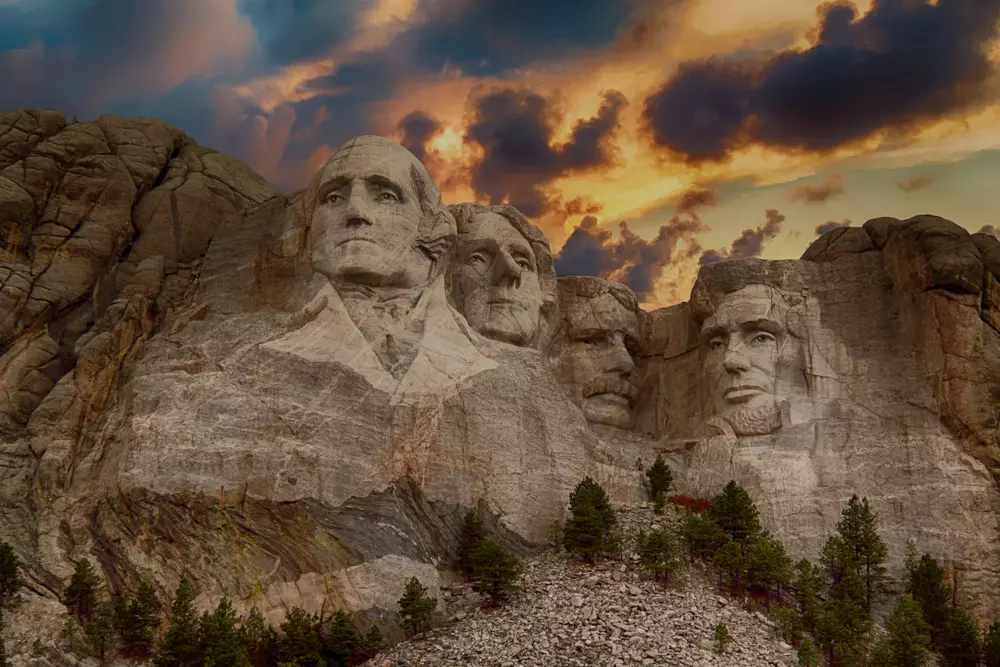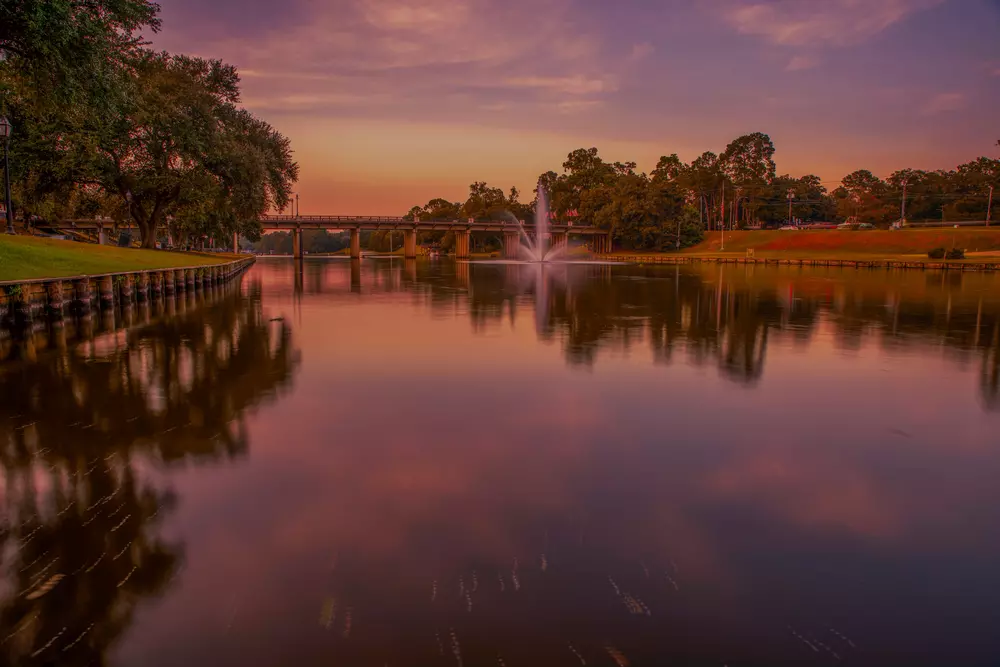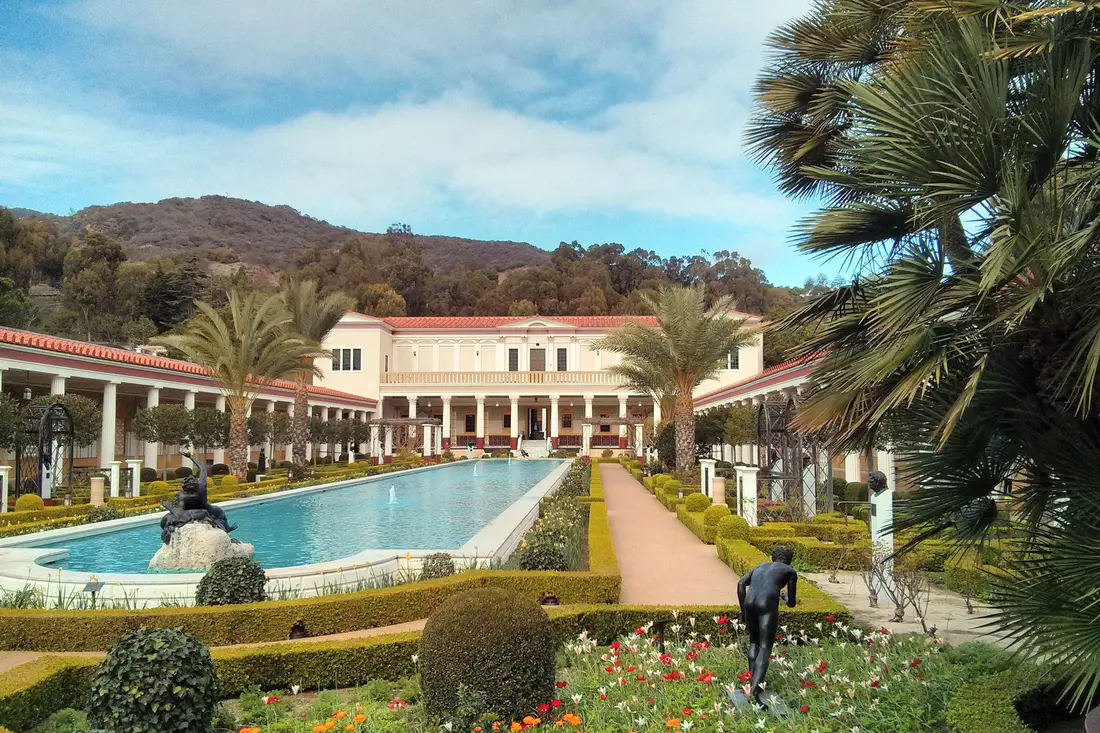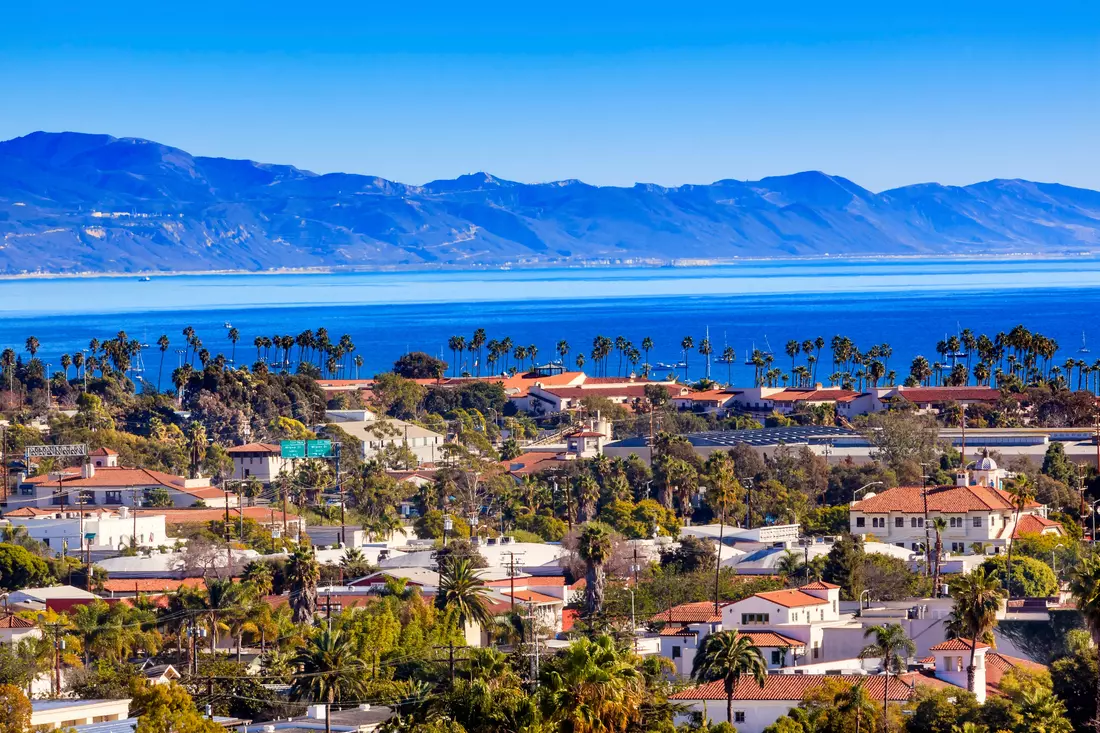Have you ever seen the sun rise over a valley surrounded by granite giants and filled with mist, like the breath of ancient times? If not — then you need to visit Yosemite. This national park in California is like a scene from a movie you want to watch over and over again. Only this is reality — and it's far more beautiful than any special effect.
Yosemite is not just a park. It's an American legend, a place where nature plays like a symphony, and every corner reminds us of the Earth's power and generosity. Here, you can greet the morning among ancient pines, hear a waterfall in the silence of dawn, and watch light dancing on granite peaks as if on nature’s altar. People come here not for photos (although they’ll be stunning), but for the feeling — that you've once again become part of something vast, real, and alive.
In the age of digital hustle, Yosemite becomes an island of sincerity. It's here that many fall silent for the first time. It’s here, as John Muir once said, "the best thing you can do is go to the mountains and let your soul grow."
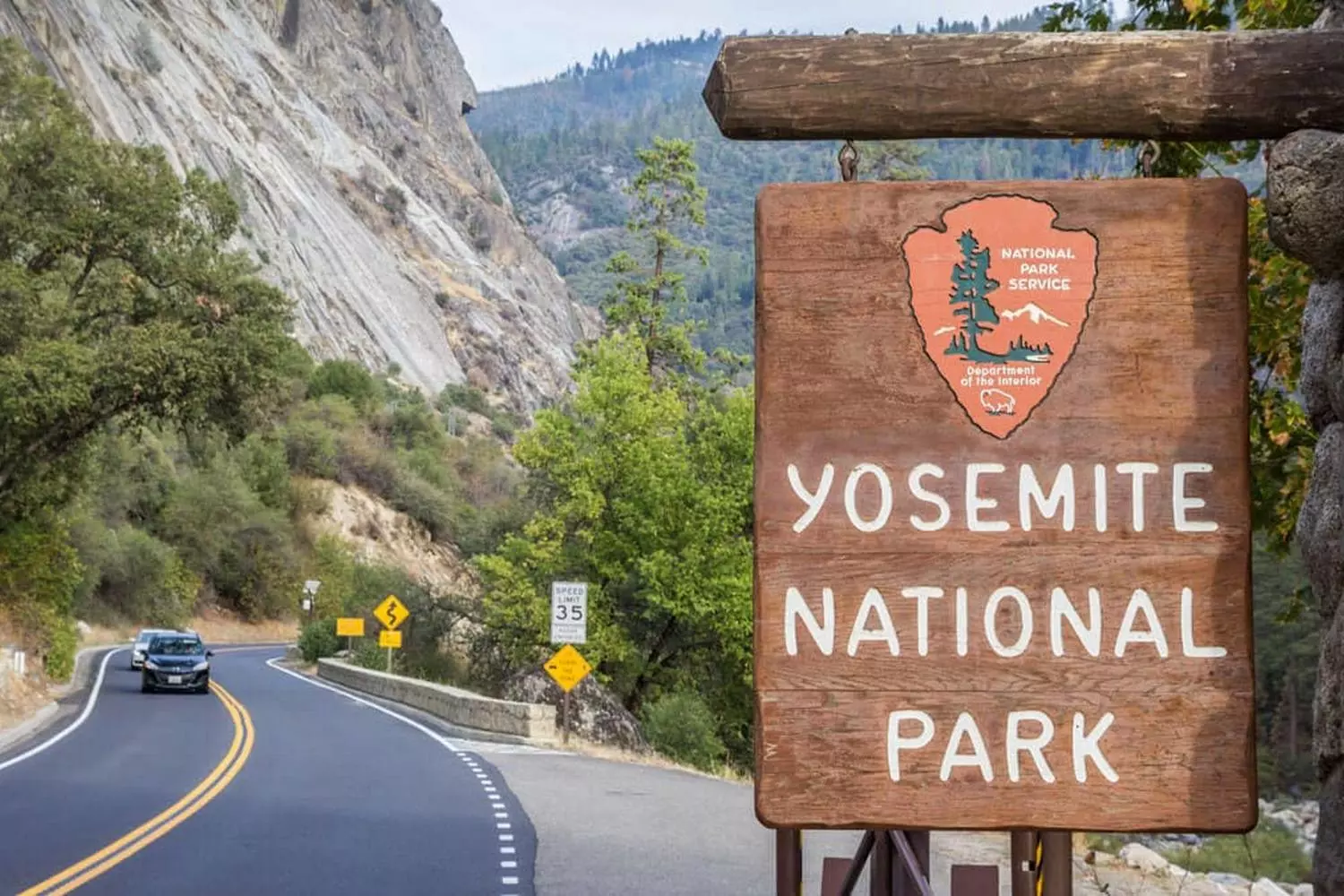
"In Yosemite, I realized that the greatness of America lies not in its cities, but in places like this, where nature speaks to us with the voice of millennia." — Theodore Roosevelt, 26th President of the United States
What is Yosemite and why do people travel there from all over the world?
Yosemite National Park spans over 3,000 km² of protected wilderness in the Sierra Nevada mountains of California, USA. Established in 1890, it became the third national park in the country, and in 1984 it was designated a UNESCO World Heritage Site.
Yosemite is famous for its awe-inspiring rock formations: El Capitan, Half Dome, Cathedral Peaks — granite giants carved by glaciers millions of years ago. The park is also home to one of the tallest waterfalls in North America — Yosemite Falls, standing at 739 meters.
The park encompasses several climate zones — from alpine peaks to oak woodlands in the valleys. More than 400 species of animals inhabit the area, including black bears, coyotes, bobcats, and a variety of rare birds. Yosemite’s flora features ancient sequoia trees that are over 3,000 years old.
Each year, about 4 million people from around the world visit Yosemite. Some come to witness the grandeur of El Capitan, others to be inspired at the base of Yosemite Falls, and many to hike the trails once walked by John Muir. Countless visitors dream of touching the ancient sequoias that have outlived empires, wars, and civilizations.
Yosemite is not just a place — it’s a nearly sacred space where one begins to grasp the scale of the universe and their connection to it. Here, phones and busyness fall silent, giving way to a stillness filled with what’s real: the rustle of leaves, the cry of an eagle, the murmur of water, and the beating of your own heart.
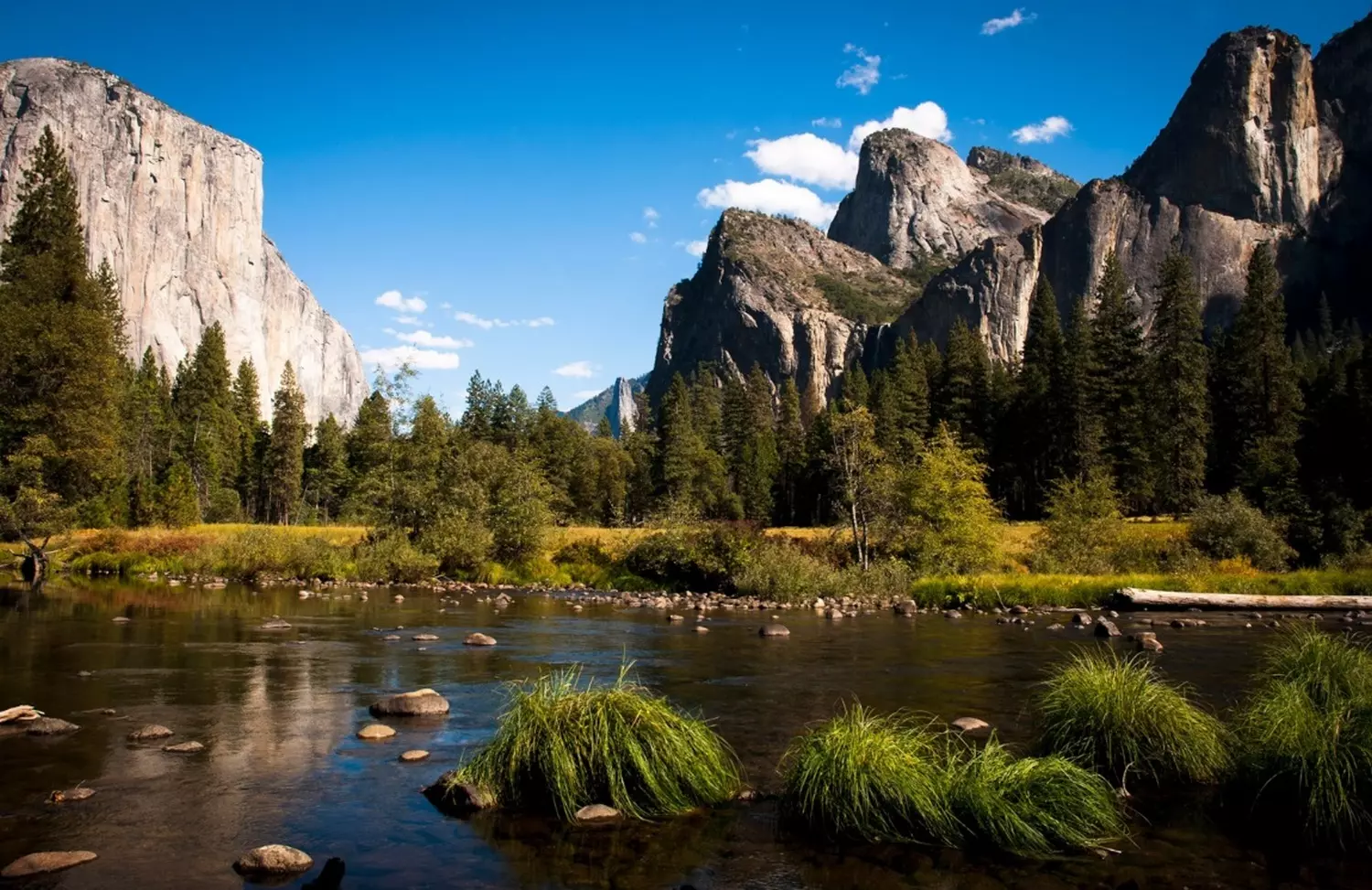
How to Get to Yosemite: Traveler's Tips
The park is located in California, about 300 km from San Francisco and around 450 km from Los Angeles. Yosemite is conveniently situated between major cities and surrounded by scenic routes. There are several ways to get there:
- By rental car
This is the most flexible option. You can choose from several scenic highways: CA-120 (Big Oak Flat Entrance), CA-140 (El Portal Entrance), or CA-41 (South Entrance via Oakhurst). In summer, Tioga Pass (CA-120 East) is also open, offering access through the high mountain areas. - On a guided tour
Organized tours from San Francisco, Los Angeles, or even Las Vegas are a great option if you prefer not to plan the trip yourself. These usually include transportation, stops at key locations, and a professional guide. - By plane
The nearest airports are in Fresno (FAT), Modesto (MOD), and Sacramento (SMF). From there, you can rent a car or use available shuttles and transfers.
Important to know: In winter (especially from November to April), Tioga Pass and other high-elevation roads are closed due to snow. Be sure to check road conditions on the official park website or via California’s road information services (Caltrans) before your trip.
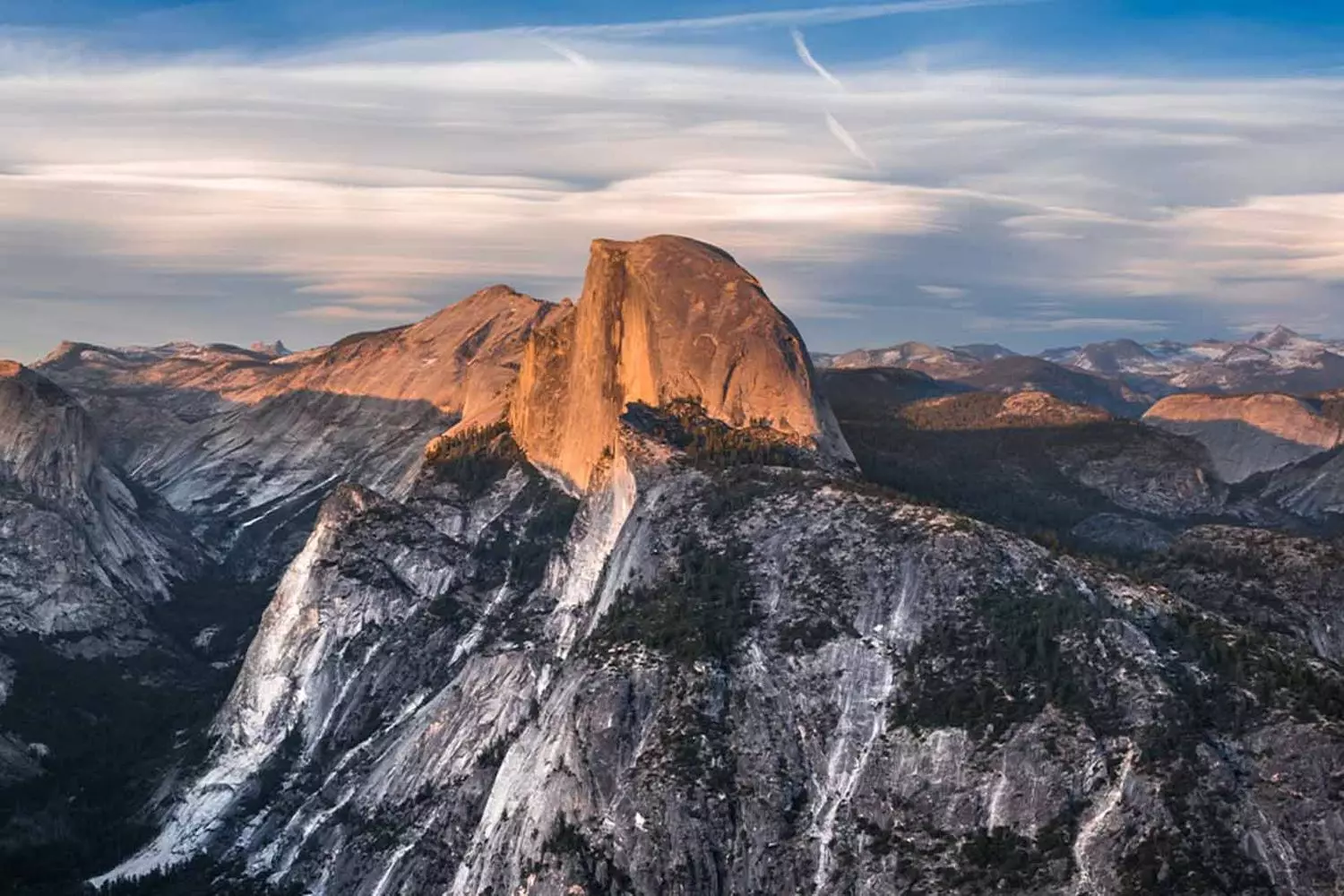
Yosemite is a place where nature speaks the language of power
What makes this park so special? Its vastness, cleanliness, dramatic landscapes, biodiversity, and history. The landscapes of Yosemite are so grand that it’s hard to believe they all belong to one park. Towering cliffs stand beside waterfalls, and thousands of years of history are hidden in the roots of ancient trees. Here are the key spots you simply must see:
- 01. El Capitan — the wall that challenges the sky
El Capitan is a vertical monolith of light gray granite, almost 900 meters tall, rising above the valley like a silent guardian. It’s known worldwide as a mecca for rock climbers — especially after Alex Honnold scaled it without ropes in the film Free Solo, one of the most incredible climbs in history. Even if you're not a climber, standing at the base of this giant is a moving experience. - 02. Half Dome — a symbol of strength and willpower
This dome-shaped peak, rising to 2,695 m, looks as if it’s been sliced in half — hence the name. Half Dome is one of Yosemite’s most recognizable silhouettes. You can hike to the summit from May through October via a specially equipped route with cables, but only with a permit. It’s a physically demanding hike, especially the last 120 meters, which are nearly vertical. However, the view from the top is worth every step.
Permits for the hike are awarded via a lottery in spring. Limited daily permits are also available. - 03. Yosemite Falls — nature’s raw power
Yosemite Falls is the pride of the park and one of the tallest waterfalls in the world. It reaches a total height of over 740 meters, divided into three sections: Upper, Middle, and Lower. The most spectacular time to visit is in late spring, when snowmelt feeds the river and the falls thunder with incredible force, often creating rainbows against the cliffs. Several trails lead to the falls — from short walks to steep switchbacks offering views from above. - 04. Mariposa Grove — the kingdom of ancient sequoias
Located in the southern part of the park, Mariposa Grove is home to more than 500 majestic giant sequoias. The most famous among them is the Grizzly Giant, estimated to be about 3,000 years old. Imagine — this tree was already alive before the Roman Empire existed! A walk through this grove is like a journey into Earth’s deep past. There are several trails — from short loops to longer hikes that take you deep into the forest. - 05. Glacier Point — a view that takes your breath away
Glacier Point is one of the most scenic overlooks in Yosemite. From here, you can see breathtaking panoramas of Yosemite Valley, Half Dome, the waterfalls, and the Sierra Nevada mountain amphitheater. You can reach it by car (in warm months), shuttle, or on foot via the Four-Mile Trail. The best time to visit is at sunset, when the sun paints the cliffs in golden and copper hues.
Best time to visit Yosemite
Yosemite National Park changes with the seasons, offering unique experiences throughout the year.
- Spring is especially beautiful: the waterfalls are at their peak as the snow melts and rivers swell with water. Meadows and fields burst with flowers, adding vivid colors to the landscape.
- Summer is the season for those who want to experience the park in full. All roads are open, and the weather is warm and dry — perfect for hiking and outdoor activities. However, it’s also the most crowded season, so if you seek peace and quiet, it may not be ideal.
- Autumn brings golden foliage that creates stunning views. It’s also less crowded than summer, making it a great time to visit if solitude is important to you.
- Winter transforms Yosemite into a snowy wonderland, with snow-capped peaks and ski trails in the Badger Pass area. It’s a quieter season, and many high-elevation areas become difficult to access — but the winter beauty and stillness make it worth braving the cold.
So choose the season based on what you want from your visit. Summer is perfect for seeing major sights, but if you're looking for solitude, consider coming in May, September, or even winter.
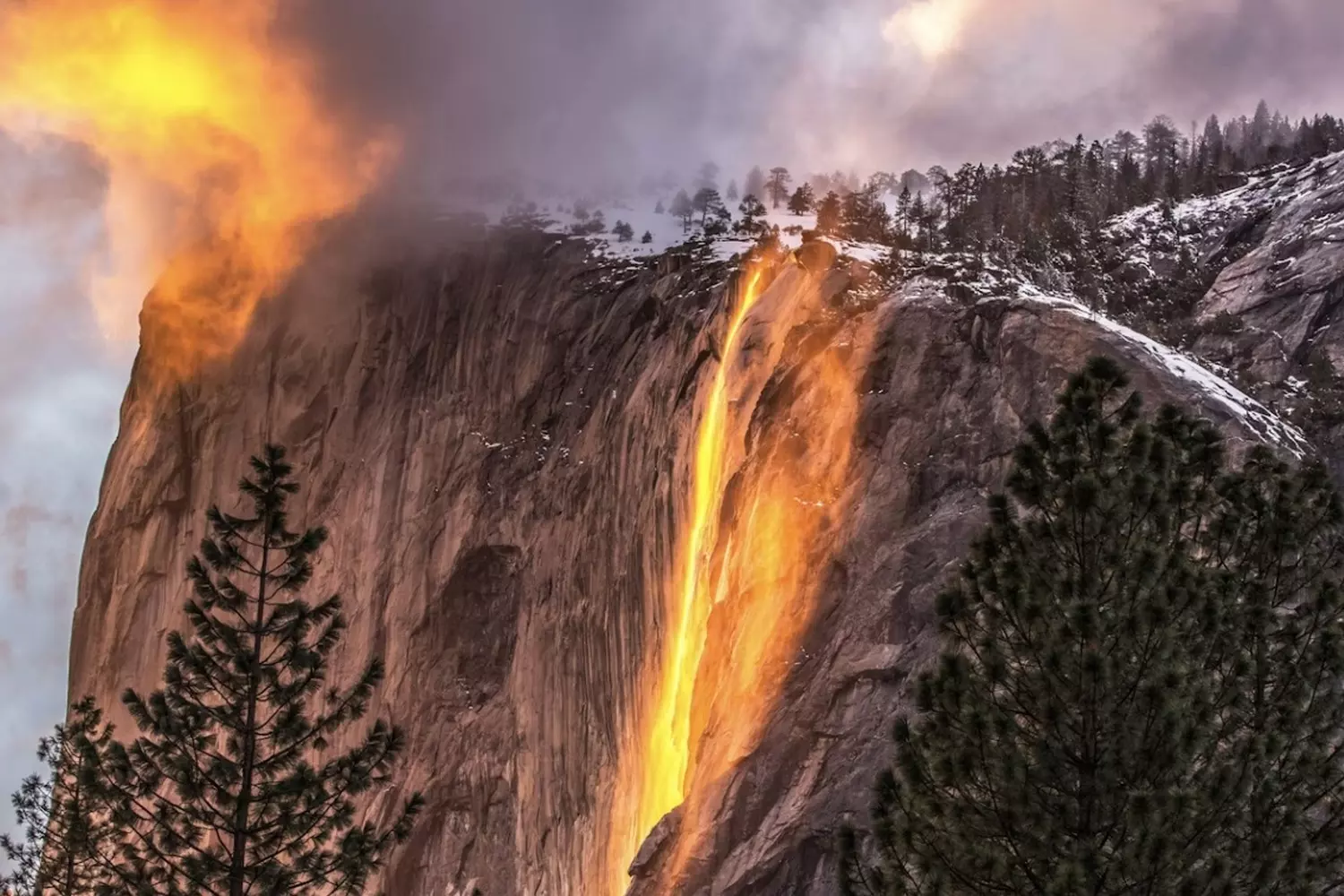
Activities and places for relaxation
Yosemite is a paradise for outdoor enthusiasts, with trails to suit every taste. The park offers over 1300 km of trails, ranging from easy walks to challenging climbs.
- Mist Trail
This is one of the most popular and beautiful trails. It leads to Vernal Falls, and in just 3 km (one way) you can enjoy stunning views of one of the park's most famous waterfalls. The trail is suitable for most visitors, although it may be a bit wet due to the mist from the waterfall. - Yosemite Falls Trail
A more challenging trail that stretches 11 km one way. It takes you to the tallest waterfall in North America — Yosemite Falls. The ascent requires good physical fitness, but from the top, you'll be rewarded with breathtaking views of the valley and the waterfall. You'll encounter steep sections, so make sure to bring water and wear comfortable shoes. - Half Dome Hike
This is one of the park's most difficult and popular trails. It requires a special permit, as it is a "trophy" trail for experienced hikers. The climb up the cables to the summit of Half Dome is a true test of physical endurance, but without a doubt, it is one of the most thrilling hikes you can take in Yosemite.
These trails attract travelers from around the world because they offer not only a physical challenge but also unforgettable views that stay in your memory for a lifetime.
Yosemite with Kids
Yosemite is truly a great place for family trips, and here are a few reasons why:
- Easy and Accessible Trails
The park has routes suitable for children, seniors, and those not looking for serious physical challenges. These might include a stroll through the valley, where you can see famous waterfalls or giant sequoia forests. There are also stroller-friendly routes and trails accessible to people with disabilities. - Visiting Museums and Visitor Centers
The park has small museum complexes where you can learn about the park's history, geology, flora, and fauna. These places are perfect for taking a break from the journey and gaining more knowledge about the surrounding nature. - Ranger Programs
Park rangers offer various programs and activities for both children and adults. These may include lectures, interactive tours, shows, and special events that help you better understand Yosemite’s nature and history. All programs are in English, but they are easy to follow and understand. - Safe Picnic Areas and Wildlife Watching
The park is equipped with many convenient picnic spots where you can stop and enjoy the outdoors. Many of these areas are in safe locations, so you don’t have to worry about wild animals. However, it's important to remember that, despite their relative "friendliness," wildlife can still be dangerous. Always exercise caution, especially in areas where bears or other large animals live.
Thus, Yosemite can be not only a natural wonder but also a safe and exciting destination for the whole family.
Photogenic Spots You Can't Tear Yourself Away From
Yosemite is truly a photographer's paradise, and it's no accident. Many of its locations offer incredible shooting opportunities thanks to unique natural formations that play with light and shadow. Here’s more about the most popular photography spots:
- 01. Tunnel View
This classic panorama will literally take your breath away. It offers a beautiful view of Yosemite Valley, with its majestic cliffs and waterfalls. From here, you can see both the famous El Capitan and Half Dome in one frame, making it the perfect photo spot. - 02. Glacier Point
One of the most popular spots for sunset and sunrise shots. From this vantage point, you get a stunning view of the valley and the surrounding peaks, including Half Dome. Sunsets here are especially beautiful, with light gradually changing hues against the backdrop of massive cliffs and lakes. Many photographers come here to capture this unique moment. - 03. Valley View
Here you can capture shots with reflections of the mountains in the Merced River. This spot is special because the river and its mirror-like waters create a nearly mystical atmosphere, reflecting the grandeur of the surrounding landscapes. It’s particularly great for shooting at dawn when the light gently falls on the water’s surface. - 04. Taft Point
A famous viewpoint where you can capture dramatic cliffs and breathtaking views of the valley. Unlike the more crowded spots, there are fewer tourists here, allowing you to take "cleaner" photos without extra people in the frame. It’s the perfect place for those who want to experience solitude in the wild.
Tip for photographers: To get unique and exceptional shots, arrive at these locations early in the morning or before sunrise. This time offers fewer crowds, and the light will create a special atmosphere for your photos.
Where to Stay in Yosemite: From Tents to Luxurious Rooms
When planning your trip to Yosemite, it's important to think ahead about where to spend the night — as the options are truly diverse, and the best spots book up quickly.
- 01. Hotels in Yosemite Valley
If you want to wake up with a view of towering cliffs and be steps away from the famous trails, choose accommodation in Yosemite Valley. Here are some options:
- The Ahwahnee
This historic hotel with luxury elements offers a stunning view of the rock formations. It’s perfect for those who appreciate comfort and the atmosphere of the 1920s. - Yosemite Valley Lodge
A more affordable option, ideal for families and travelers who want to be close to the Yosemite Falls.
- 02. Campgrounds within the park
If you want a true immersion in the wilderness, opt for camping. This is a budget-friendly way to stay in the heart of Yosemite, but be sure to book your spot in advance, especially during the peak season. The most popular campgrounds are: North Pines, Upper Pines and Tuolumne Meadows. - 03. Accommodation Outside the Park
If everything is booked within the park or you prefer more privacy, consider nearby towns:
- Oakhurst
Located to the south of the park, convenient for access to the southern entrance and the famous giant sequoias. - Mariposa
A charming town with cafes, galleries, and a historic center. - El Portal
The closest to the western entrance, perfect for daily trips to Yosemite Valley.
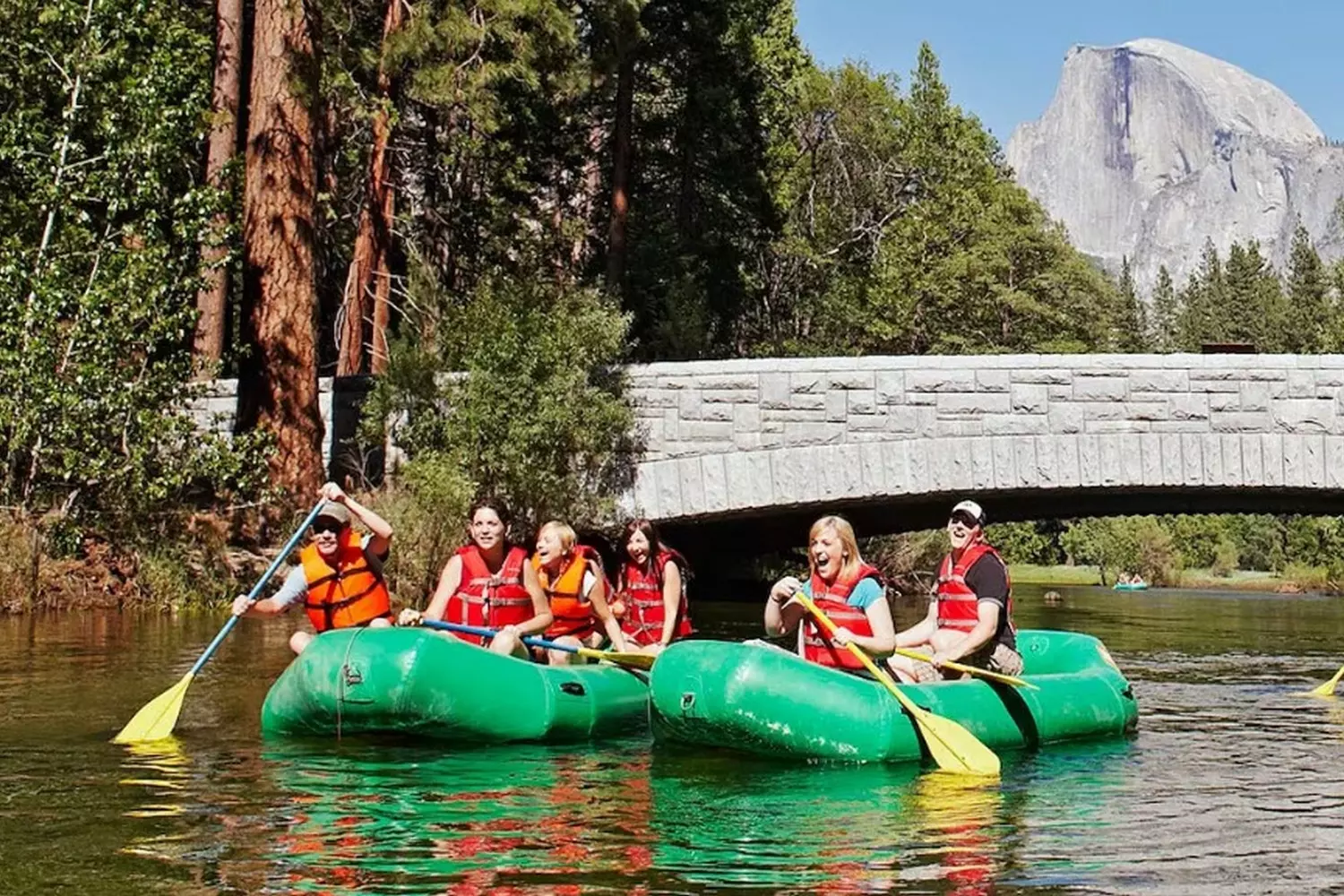
Yosemite and American culture: the park as a symbol
Yosemite is not just a reserve with unique natural landscapes, but a true cradle of the conservation movement. In 1864, when the park was first placed under the protection of the U.S. government, the national idea of nature conservation was still in its infancy. It was in Yosemite that the principle, which now forms the foundation of the entire national park system, was realized — preserving natural areas for future generations.
It is believed that the visit of President Theodore Roosevelt to Yosemite in 1903 played a key role in the creation of the National Park Service (National Park Service). Roosevelt, in awe of the park's natural grandeur, became convinced of the importance of its preservation. He was one of the first politicians to practically support the idea of protecting such natural territories. Thanks to his efforts, in 1916, the National Park Service was created, which later took responsibility for managing all U.S. national parks.
Yosemite also played an important role in the life of John Muir, the founder of the conservation movement in the U.S. His name is associated with the creation of the park and the struggle to preserve it. Muir was one of those who convinced Roosevelt of the need to protect nature, and their meeting in Yosemite became a symbol of the beginning of a new era in nature conservation. John Muir actively promoted the idea of creating national parks because he understood that they serve not only as sanctuaries for rare plants and animals but also as an inexhaustible source of inspiration for people, capable of seeing in them not only beauty but also an important moral value.
Ansel Adams, the famous photographer, is also closely linked to the history of Yosemite. His photographs, often featuring the park's iconic views, became a symbol of the aesthetic value of nature and inspired entire generations to protect natural monuments. His works about Yosemite were not just artistic creations but acts of advocacy for conservation. Adams was a passionate supporter of nature preservation and actively used his photography to draw attention to environmental issues.
Yosemite became a symbol not only of natural beauty but also of the historical value that nature carries for humanity. The park is an important reminder that nature is not just a source of resources, but a living entity that requires care and respect. It has become a pilgrimage site for people who seek something more than just a beautiful landscape — they seek a connection with nature, experiencing a moment of harmony and unity with the world.
Tourists from all over the world come to Yosemite not only to enjoy its nature but also to see and feel the history of conservation in action. This place inspires change and helps realize that environmental protection is not just a trend, but a necessity for life.
The impressions from Yosemite remain forever in one's memory. Here, nature speaks the language of strength and silence, and anyone who finds themselves among these majestic mountains, ancient trees, and vibrant waterfalls will understand why this park has become a symbol of all efforts aimed at preserving our planet.
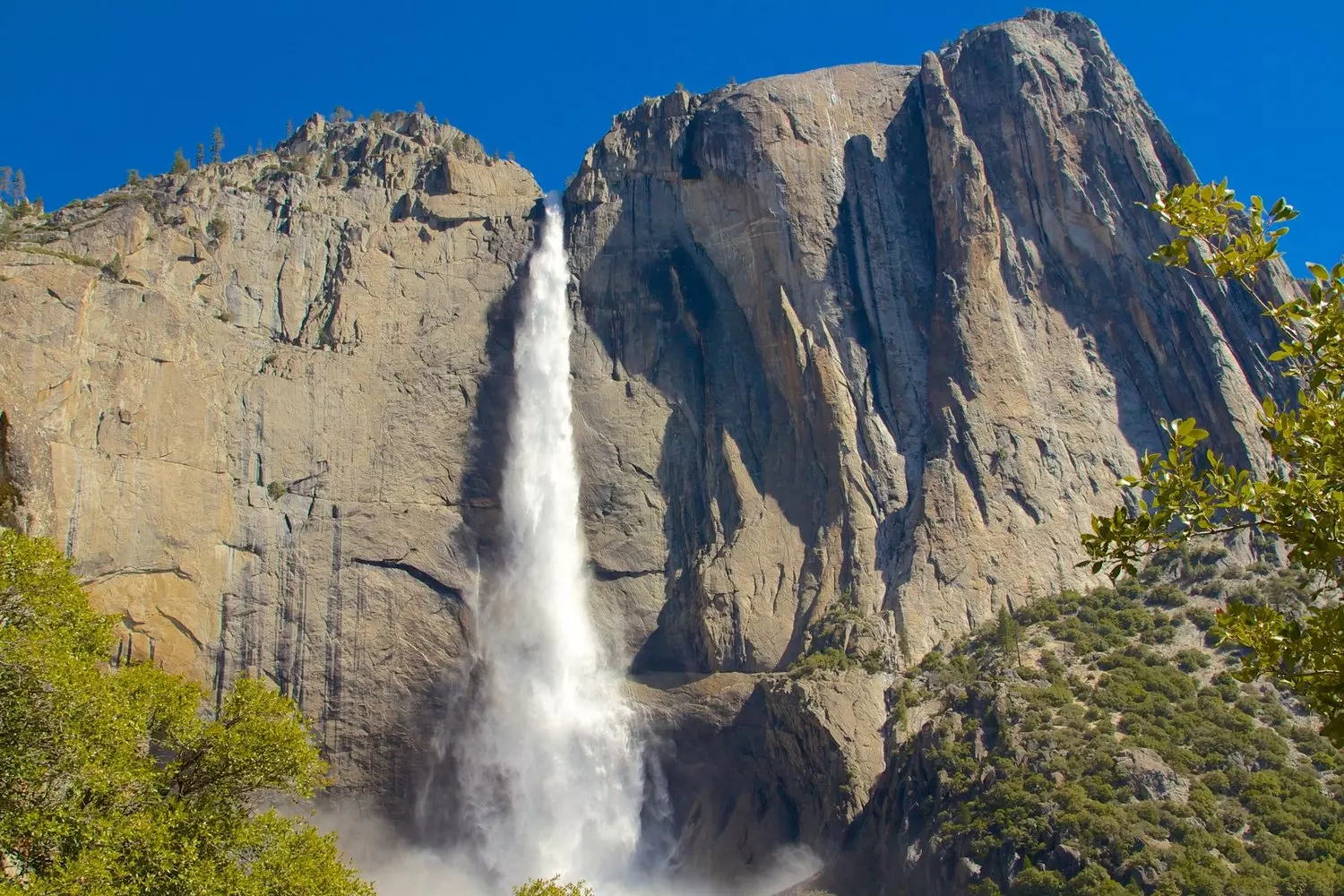
Rules for visiting and helpful tips
Yosemite National Park is not just about picturesque views and hiking trails. It is a living, fragile ecosystem with its own laws, climate, and spirit. To enjoy your time here while respecting nature and maximizing your experience, there are several important points to consider.
- 01. Check the official park website for the latest updates
Before your trip, be sure to visit the official Yosemite National Park website — it posts the latest updates on trail closures, road conditions, fire danger restrictions, as well as parking and camping availability. This is especially important during the spring season when floods may occur, and in the fall during fire season. - 02. Permits and reservations
Some trails in Yosemite require a special permit. For example:
- Half Dome — the ascent by cable to the summit is only allowed with a permit (issued via a lottery in spring, and sometimes daily).
- Backpacking trips — if you plan to stay overnight in the wilderness, you need to obtain a wilderness permit.
- Access to some areas may be restricted during peak dates — reservations may be required even for day visits.
- For popular routes, it’s best to apply for permits well in advance — several months ahead. If you miss out, keep an eye on cancellations, as sometimes "windows" open up.
- 03. What to bring with you
Even if you're only going for a few hours, be prepared for surprises:
- Water — at least 1 liter per person per hour on hot days.
- Sunscreen — cream, hat, sunglasses.
- Fleece or windbreaker — even in summer, it can be cold in the shade of waterfalls or at higher altitudes.
- Map — a paper map, don't rely solely on your smartphone.
- Flashlight — in case you stay out until dusk.
- 04. Cell phone reception and safety
Cell service is not available everywhere — especially in mountains and canyons. Some areas are completely "off the grid." It's best to download offline maps (e.g., using Maps.me or Gaia GPS) in advance and let someone know your itinerary. - 05. Food storage
Store food and smell-producing items in bear-proof containers or lockers, which are available at parking areas and campgrounds. Do not leave food in your car — it's dangerous and violates the rules. - 06. Respect for nature
Yosemite is not an amusement park; it’s a living organism. It is home to many rare species of plants and animals. To help preserve this place:- Stay on designated trails.
- Keep noise to a minimum — especially in the early morning and evening hours.
- Take all your trash with you.
- Do not feed wildlife — it harms both them and you.
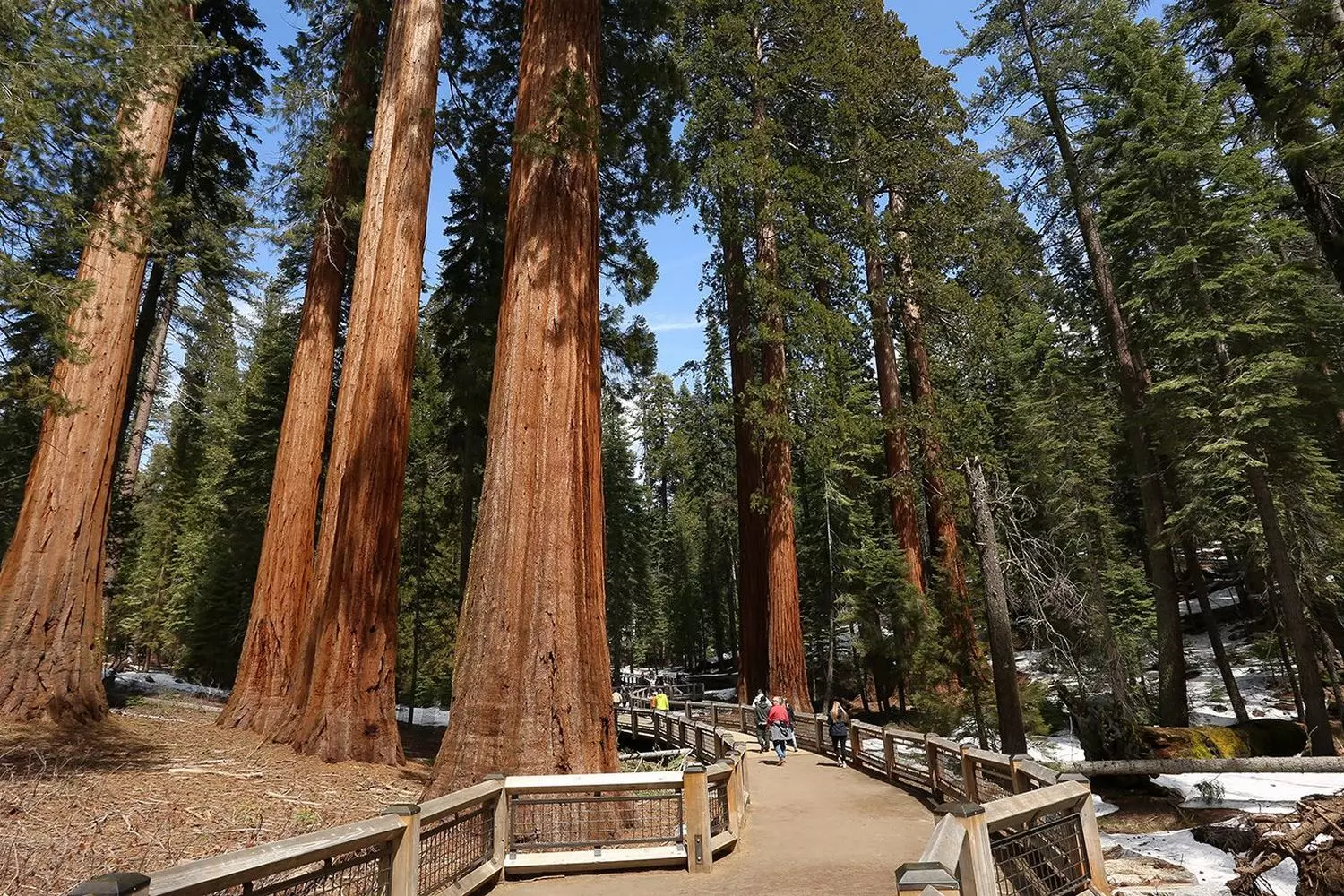
Amazing facts about Yosemite you didn't know
Yosemite National Park is one of the most picturesque places on the planet, but behind its famous landscapes lie many unexpected secrets. Here are a few little-known facts that will surprise you.
- 01. A glacier in California? Yes!
Despite the hot climate of the state, Yosemite has an active glacier — Lyell Glacier. It is slowly melting due to global warming, but it still remains the largest in the park. - 02. Giant sequoias are not the oldest trees
Although the sequoias of Yosemite are impressive in size, many of them are "only" 1,500 to 2,000 years old. By comparison, pines in California live for over 5,000 years. - 03. Yosemite is the birthplace of modern rock climbing
It was here, in the 1950s, that sport climbing began. The legendary El Capitan rock became the site of many records: the first solo climb without ropes was made by Alex Honnold in 2017. - 04. The secret "fire" show of the waterfall
Every February, the "Horsetail Falls" turns into a "fire": at sunset, the sun’s rays reflect off the water, creating an illusion of lava. This phenomenon lasts only 2-3 minutes a day. - 05. The park could have been named… "A-va-ni"
Before the arrival of Europeans, the valley was inhabited by the Awanichi Indians, and they called this place "A-va-ni". However, in 1851, a battalion under Major James Savage gave it its current name, mispronouncing the word "uzumate" (which means "grizzly bear" in the local tribes' language). - 06. Yosemite inspired Apple
The famous operating system macOS Yosemite (2014) was named after the park. Also, its landscapes were used as wallpapers for Windows (for example, the Bliss wallpaper in Windows XP was shot in California, but not in Yosemite). - 07. Bears almost disappeared here
Black bears in Yosemite were once on the brink of extinction due to poaching. Today, their population has recovered, but they love to steal food from tourists — around 300 conflicts with bears occur each year. - 08. Underground "city" in the rocks
Hidden within the granite massifs of the park are dozens of caves, but only one is open to visitors — Butterfly Cave (not to be confused with the Mexican one!). Its entrance was discovered only in the 1970s. - 09. The secret of the "half dome"
The famous Half Dome rock was once round, but millions of years ago, a glacier "cut" it in half. Today, the hike to the summit takes 10-12 hours, and the last section is done on cables. - 10. Yosemite was the first national reserve in the world
Even before the creation of the national park (in 1890), Abraham Lincoln signed the Yosemite Grant in 1864 — the document that first placed a natural area under federal protection. - 11. Native American legend about Yosemite waterfall
The Awanichi Indians believed that evil witch spirits lived at the base of the Yosemite Falls (Cholok). According to legend, one woman who went to gather water there found snakes in her bucket, and later a hurricane swept her tipi into the waterfall. - 12. The mountains that keep growing
The Sierra Nevada mountains, including the famous Half Dome, are rising at a rate of 30 cm per 1,000 years due to tectonic activity.
Bonus
- "Bridalveil Fall" got its name because the mist resembles a bridal veil. The Native Americans called it "Pohono" — "Spirit of the swirling wind".
- In 2020, a rare white lynx was spotted in the park — such sightings occur once every few decades.
Yosemite is full of mysteries: from disappearing lakes to ancient petroglyphs. Every year something new is discovered here — perhaps the next discovery will be yours!
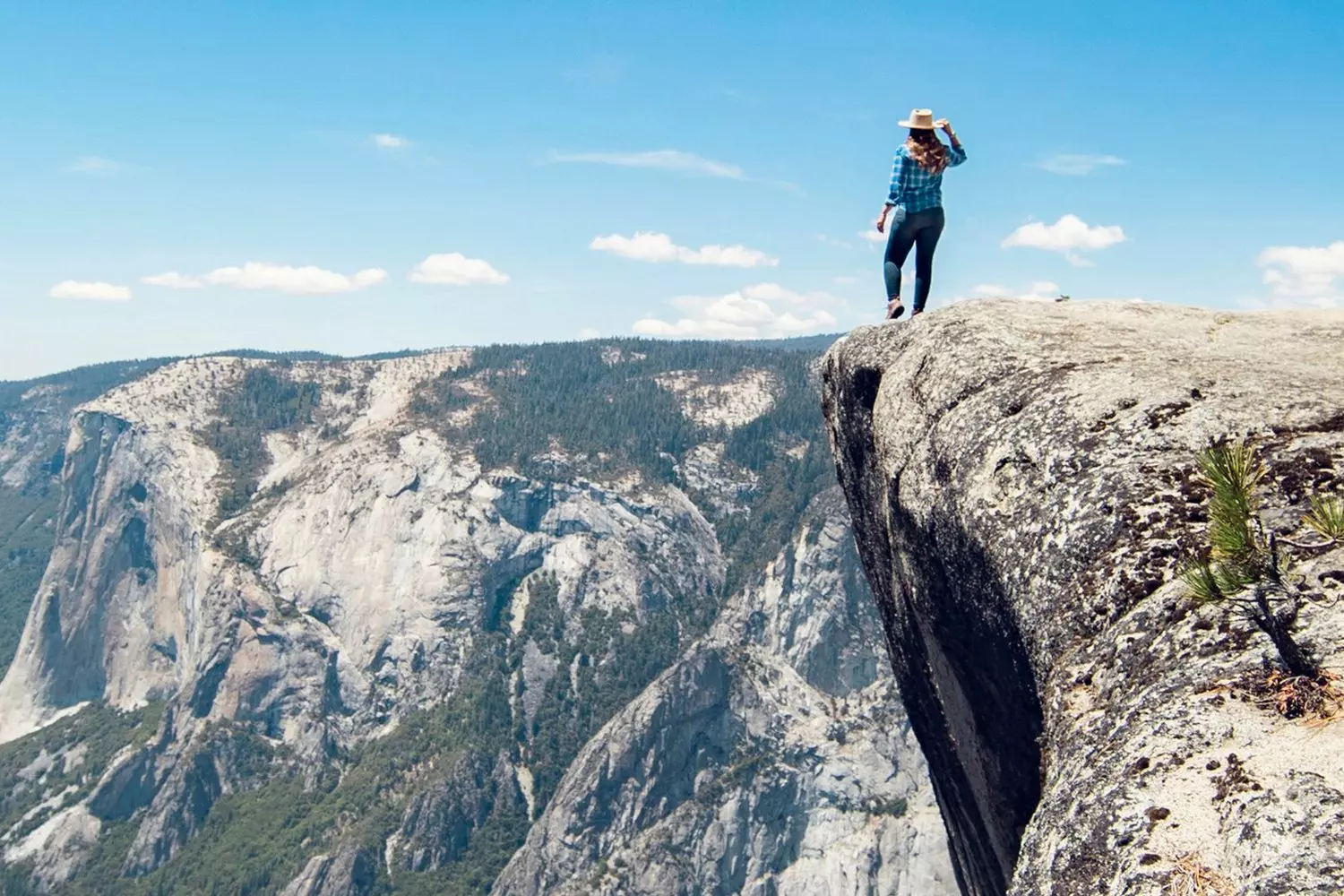
Why Yosemite is worth seeing at least once in a lifetime
Yosemite National Park is a place of power, beauty, and inspiration. Here, every stone seems to say: "Pause. Look. Think." It’s not just another tick on the "places I've been" list. It’s a memory for life.
And to experience Yosemite in its full glory, to feel the breath of the forest, to hear the silence of the valley, and not miss a single important moment — it’s best to trust those who know the park like their own backyard.
American Butler offers bespoke tours of Yosemite with a professional guide, transfers, a comfortable itinerary, and care for every moment of your journey. Want more than just a visit? Want to feel, understand, and be inspired? Contact us!

























